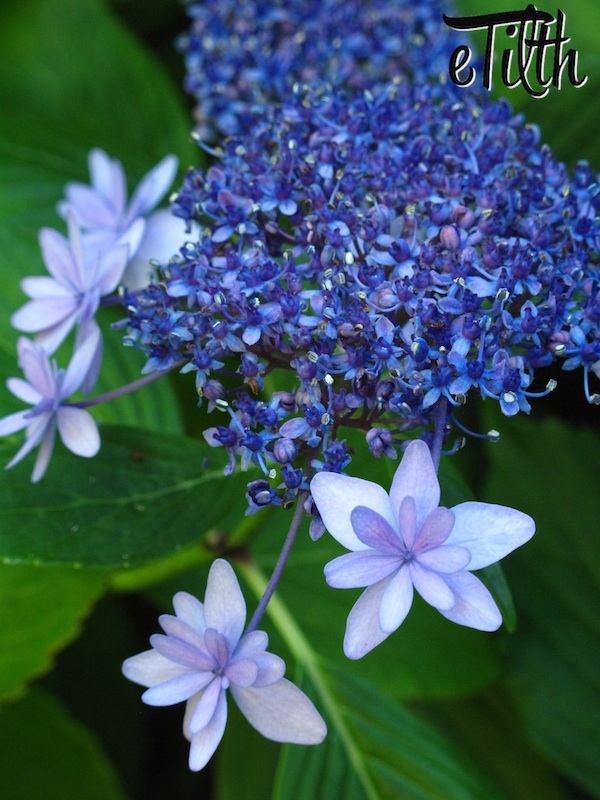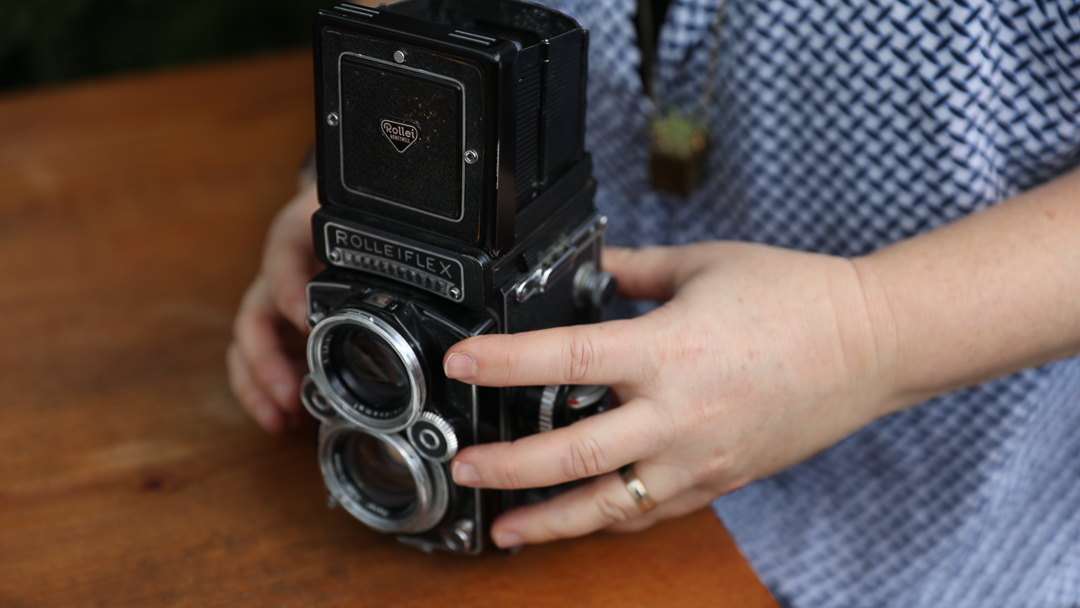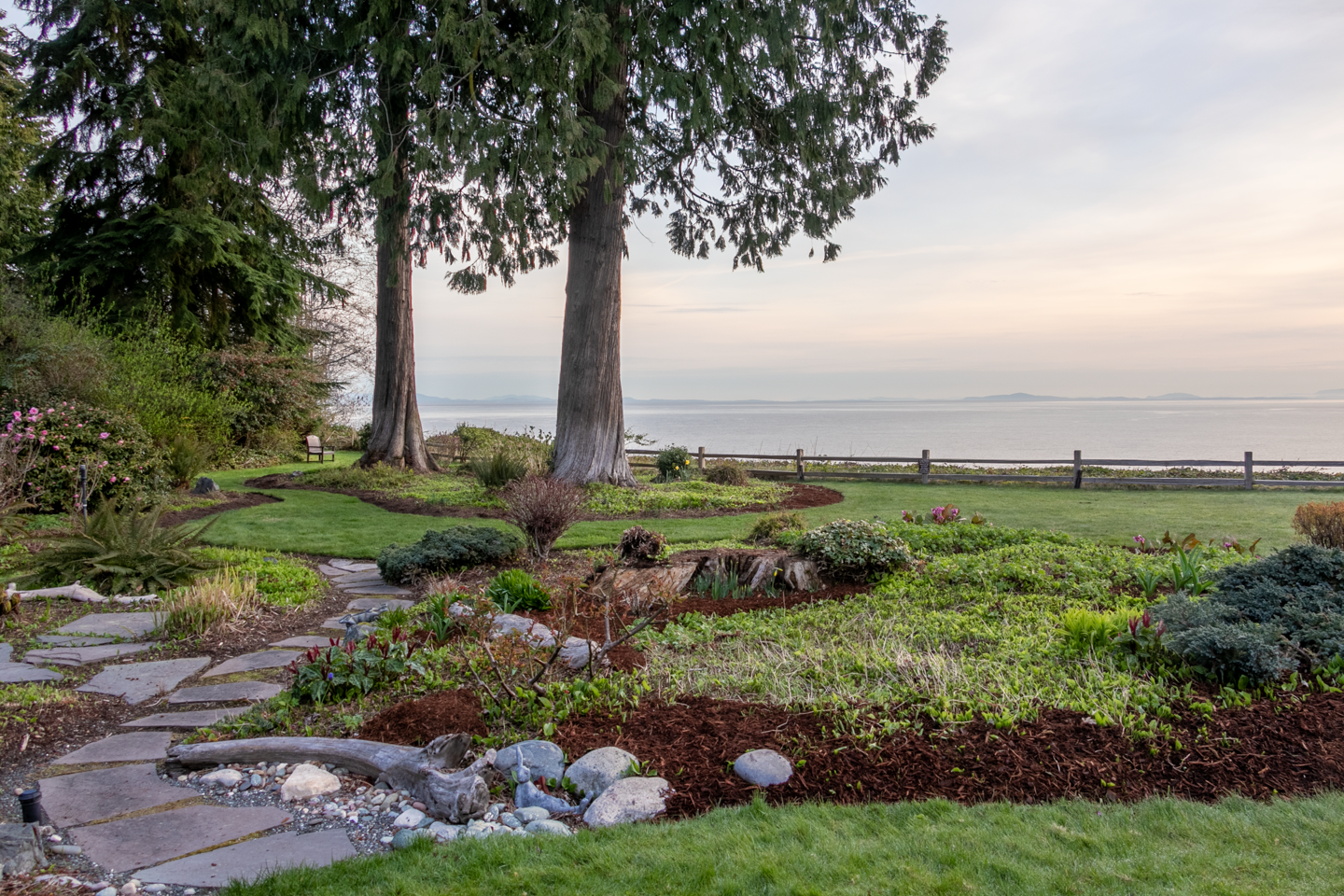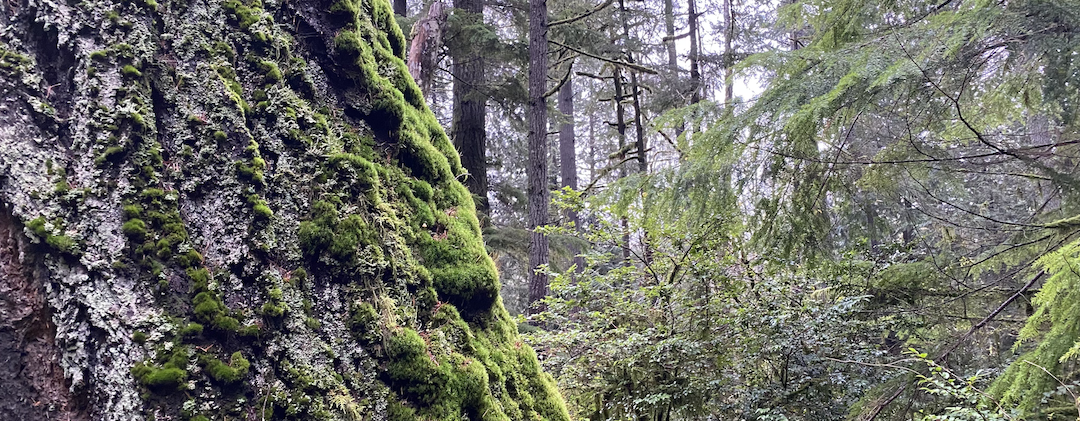
‘Izu No Hana’ translated, means ‘Flower of Izu’, and was discovered on the eastern Jogasaki coast of the Izu Peninsula south of Mt. Fuji and Tokyo.
![Map with Izu peninsula and Tokyo indicated. [credit wikipedia CC-SA-3.0]](http://www.gracehensleyhorticulture.com/wp-content/uploads/2013/07/izuJapan1.png)
Like all H. macrophylla and H. serrata, the pH and trace minerals (iron and aluminum) in the soil will affect flower color. ‘Izu No Hana’ shows a lovely color range, with its double florets briefly opening cream on a deep blue, scrabble-worthy corymb. They quickly take on their sweet, pale blue color on a slightly acidic soil, as is naturally found on the forest floor on the Izu peninsula, or in my mother’s garden in the Pacific Northwest. On neutral to alkaline soil, they will be a deeper rosy pink.

As the flowers age, they become almost Victorian mauvy-pink and and still delight late into the fall. Although hydrangeas can tolerate full sun in the Pacific Northwest, most look their best in light shade. Provide regular watering to get the plants established, and throughout prolonged dry spells.

H. macrophylla blooms on year-old wood, so you are typically advised to prune spent flower-heads immediately after flowering, and only dead wood in the spring. Don’t shear your shrubs to shape them; merely remove older branches, and just a few of the branches from multi-branched stems. I suggest leaving the pruning late, as the florets are still striking in early January, adding interest to your winter bouquets.











